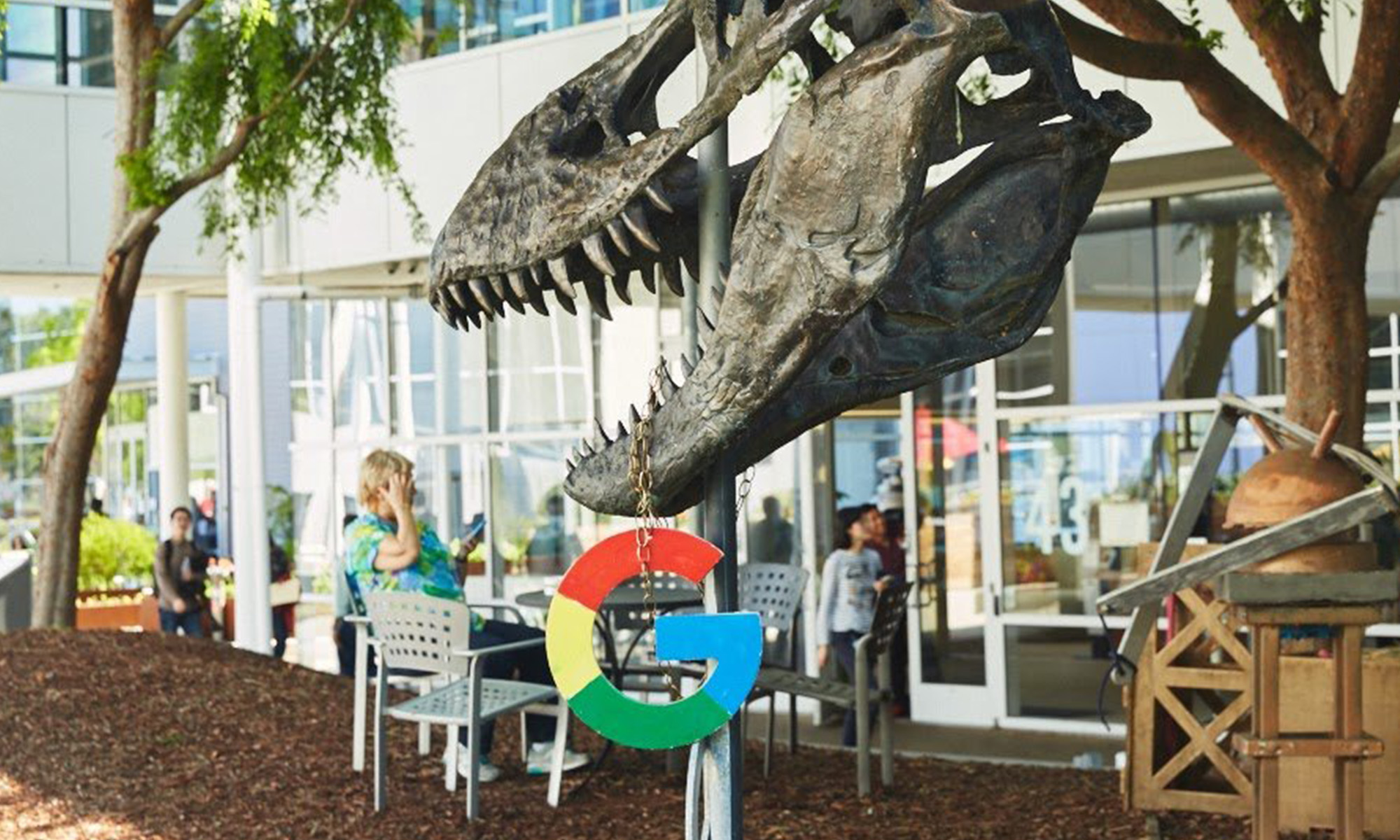Facebook (FB 2.47%) has already made headlines once this month when a number of major media outlets reported that the social network had reached a deal with the Federal Trade Commission (FTC) over its Cambridge Analytica scandal last year. Facebook will reportedly pay the FTC a $5 billion fine as part of a settlement over the mishandling of user information.
But the digital advertising juggernaut will get a chance to flip the narrative on Wednesday, July 24, when it is scheduled to report its second-quarter results after market close.
When Facebook reports its results, here are three metrics for investors to check on.

Facebook CEO Mark Zuckerberg. Image source: Facebook.
1. Revenue
Though Facebook is still growing fast, the company's growth rates have decelerated. For instance, revenue soared 49% year over year in the first quarter of 2018. From there, however, growth has come down significantly. Revenue in the fourth quarter of 2018 rose 30% year over year. In the company's most recent quarter, it increased 26% year over year.
For Facebook's second quarter of 2019, investors should expect revenue growth to decelerate yet again. "We continue to expect that our revenue growth rates will decelerate sequentially throughout 2019 on a constant currency basis," CFO David Wehner said on the company's first-quarter earnings call.
2. Daily active users on stories experiences
Another area investors will want to check on is the growing adoption of Facebook's stories experiences across its services. Since rolling out the stories format on Instagram in 2016, stories eventually made its way to WhatsApp, Messenger, and Facebook by spring of 2017. The format has caught on with users quickly. Facebook, Messenger, Instagram, and WhatsApp all now have over a half-billion daily active users on their stories experiences, CEO Mark Zuckerberg said on the company's first-quarter earnings call.
Investors should look to see if there has been further growth in this format across its social networks.
3. Ad impression growth
One particularly strong point in Facebook's first quarter was its growth in ad impressions. They soared 32% year over year, management said in its first-quarter update. Key drivers behind this growth included ads on Instagram stories, Instagram feed, and Facebook newsfeed.
Investors should see whether this strong growth persisted in Q2.
Ad impression growth shouldn't be viewed by itself since the benefit can be offset by decreases in the company's price per ad. Indeed, in Q1, a 4% decrease in price per ad offset some of the growth in its ad business.
"The year-over-year decline in average price per ad reflects an ongoing mix shift toward stories ads and geographies that monetize at lower rates," Wehner said during the earnings call.
While it would be encouraging to see Facebook sustain such a robust growth rate in ad impressions, investors should also check to see how prices per ad are faring.






